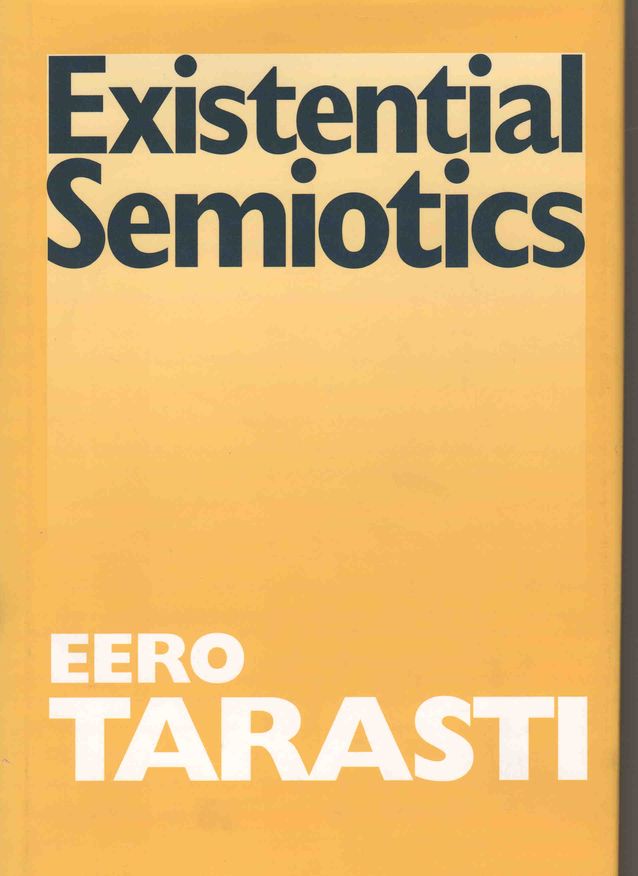Eero Tarasti
Eero Aarne Pekka Tarasti
Born September 27, 1948, Helsinki.
Master of Arts, 1973, Licentiate of Philosophy, 1976, and Doctor of Philosophy (Musicology), University of Helsinki
Professor of Musicology, 1984–2016, University of Helsinki
Professor of Musicology, 1983–84, University of Jyväskylä
Professor of Arts Education, 1979–83, University of Jyväskylä
Vice-president, 1994–2004, President, 2004–2014 and Honorary President, 2014-, IASS/AIS:n (International Association for Semiotic Studies)
Founder and President, ISI at Imatra (International Institute for Semiotic Studies), 1988–2013
Chairperson, Finnish Semiotic Society, 1979-
Founder and Editor-in-chief, Synteesi arts research periodical, 1982-
Publications, research projects and other academic activity
Awards and special achievements
J.V. Snellman Prize, University of Helsinki, 1997
Honorary Doctorates in four universities abroad (Bloomington, Indiana; Tallinn, Estonia; Sofia, Hungary and Aix-Marseille, France)
Honorary member, Victoria College, University of Toronto
Written by Eero Tarasti and Riitta-Ilona Hurmerinta (ed.)
Translated by John Calton

